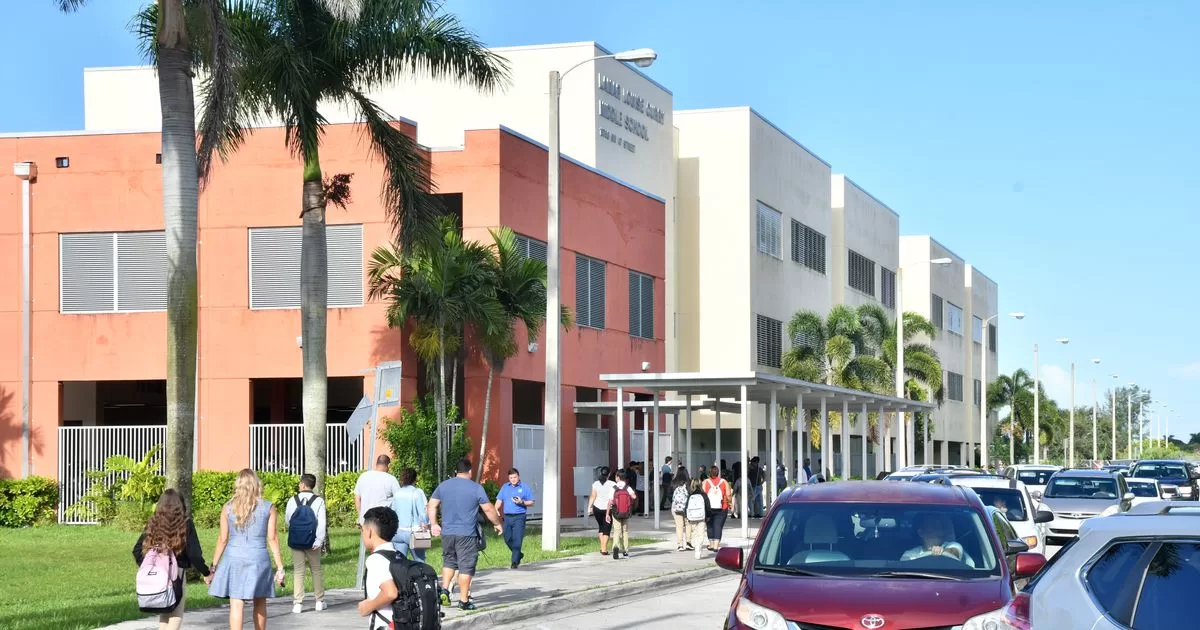NY.- The end of the asylum restrictions imposed during the pandemic could send a new wave of asylum seekers to New York City, a place that has long prided itself on welcoming the masses yearning for freedom. But as immigrants concentrated on the southern border of the United States, Mayor Eric Adams warned that his city could not accommodate the expected influx.
City officials, hoping to receive busloads of immigrants from Texas and other border states, have considered housing the newcomers in hangars, a racetrack, gyms or even tents in Central Park. Others could end up on the streets, activists fear, despite the city’s court-ordered commitment to provide all residents with access to a place to stay.
In the face of what he described as a “humanitarian crisis,” Adams, a Democrat, has taken a series of steps aimed at easing pressure on the city’s overwhelmed shelter system for the homeless.
On Wednesday night, he temporarily suspended part of the old New York law that guarantees housing to all residents. A few hours later, he sent some two dozen immigrants by bus to a hotel in the upstate city of Newburgh, ignoring opposition from local leaders.
Adams’ “decompression strategy” marks the latest escalation in the city’s struggle to serve tens of thousands of immigrants, many of whom have arrived in the past year on buses sent by Texas Gov. Greg Abbott.
Other Democratic-leaning cities like Chicago and Denver have also had to grapple with growing numbers of immigrants and how to provide them with food, medicine and shelter without significant federal funding.
As the Biden administration prepared Thursday night to lift restrictions known as Title 42, a COVID-era rule that allowed the government to quickly expel migrants across the southern border, many expected the numbers to rise. even more.
Adams said that for the past few weeks, New York City has been seeing 500 migrants arrive a day. More than 61,000 have requested services from the city in the last 12 months. Once the rules change, “we could have thousands of people a day in our city,” Adams said Thursday.
In recent days, the authorities have tried to convince non-profit organizations and employers to look for places to house immigrants, while asking municipal workers to help receive asylum seekers, according to people familiar with the initiative.
The city has also turned to the real estate industry, including the owner of the Flatiron Building, which has rejected calls to turn the iconic skyscraper into a shelter, the New York Times reported.
At a news conference Thursday, Manuel Castro, commissioner for immigrant affairs, said the city “can no longer physically accommodate people who request emergency shelter.”
Such an admission intensified fears among some about the city’s ability to meet its right to housing commitment, a court-ordered settlement that for decades has required the city to house anyone without a roof over their head. Under an executive order signed by Adams, the city no longer has to meet a strict deadline to provide that shelter.
The Legal Aid Society and the Coalition for the Homeless condemned the change, warning that it could “force families with children to languish in the city shelter for long periods.”
The city has also faced opposition to its early efforts to send immigrants out of the city. In Rockland County, local authorities obtained a temporary injunction prohibiting the city from housing immigrants in a county hotel.
After two dozen immigrants arrived at a Newburgh hotel Thursday, Orange County Administrator Steven Neuhaus, a Republican, blamed Adams for a “disorganized mess” and vowed to get his own court order.
Speaking to reporters Thursday, New York Gov. Kathy Hochul, a Democrat, said the city faced an “unsustainable situation.” But she said she also understood the stress facing county administrators and their decision to refuse to send buses full of migrants.
“Our view is to continue to work with the counties, but to really focus on continuing to support Mayor Adams, because he’s getting the brunt of this,” Hochul said.
Ilze Thielmann, who runs a group that provides resources to newly arrived immigrants, said her team of volunteers had been preparing for the end of Title 42 for months. She wonders why it seemed other levels of government hadn’t done the same.
“In a city with many buildings and many human beings and many empty hotels,” he said. “How can you say you’ve run out of space?”





